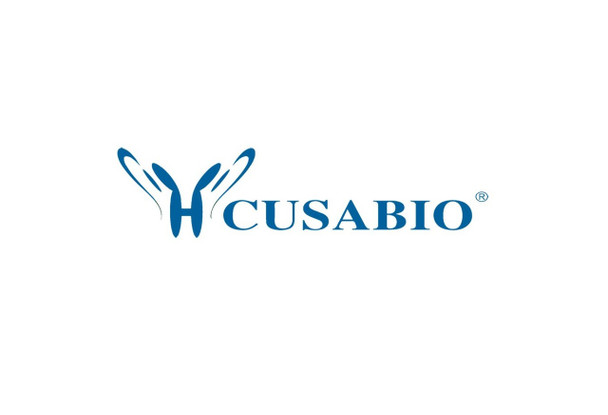Cusabio Escherichia coli Recombinants
Recombinant Escherichia coli Type 1 fimbrin D-mannose specific adhesin (fimH) | CSB-YP362349ENV
- SKU:
- CSB-YP362349ENV
- Availability:
- 3 - 7 Working Days
Description
Recombinant Escherichia coli Type 1 fimbrin D-mannose specific adhesin (fimH) | CSB-YP362349ENV | Cusabio
Alternative Name(s): fimH; b4320; JW4283Type 1 fimbrin D-mannose specific adhesin; Protein FimH
Gene Names: fimH
Research Areas: Others
Organism: Escherichia coli (strain K12)
AA Sequence: FACKTANGTAIPIGGGSANVYVNLAPVVNVGQNLVVDLSTQIFCHNDYPETITDYVTLQRGSAYGGVLSNFSGTVKYSGSSYPFPTTSETPRVVYNSRTDKPWPVALYLTPVSSAGGVAIKAGSLIAVLILRQTNNYNSDDFQFVWNIYANNDVVVPTGGCDVSARDVTVTLPDYPGSVPIPLTVYCAKSQNLGYYLSGTTADAGNSIFTNTASFSPAQGVGVQLTRNGTIIPANNTVSLGAVGTSAVSLGLTANYARTGGQVTAGNVQSIIGVTFVYQ
Source: Yeast
Tag Info: N-terminal 6xHis-tagged
Expression Region: 22-300aa
Sequence Info: Full Length of Mature Protein
MW: 31.1 kDa
Purity: Greater than 90% as determined by SDS-PAGE.
Relevance: Involved in regulation of length and mediation of adhesion of type 1 fimbriae (but not necessary for the production of fimbriae). Adhesin responsible for the binding to D-mannose. It is laterally positioned at intervals in the structure of the type 1 fimbriae. In order to integrate FimH in the fimbriae FimF and FimG are needed.
Reference: Structural basis of tropism of Escherichia coli to the bladder during urinary tract infection.Hung C.S., Bouckaert J., Hung D., Pinkner J., Widberg C., DeFusco A., Auguste C.G., Strouse R., Langermann S., Waksman G., Hultgren S.J.Mol. Microbiol. 44:903-915(2002)
Storage: The shelf life is related to many factors, storage state, buffer ingredients, storage temperature and the stability of the protein itself. Generally, the shelf life of liquid form is 6 months at -20?/-80?. The shelf life of lyophilized form is 12 months at -20?/-80?.
Notes: Repeated freezing and thawing is not recommended. Store working aliquots at 4? for up to one week.
Function: Involved in regulation of length and mediation of adhesion of type 1 fimbriae (but not necessary for the production of fimbriae). Adhesin responsible for the binding to D-mannose. It is laterally positioned at intervals in the structure of the type 1 fimbriae. In order to integrate FimH in the fimbriae FimF and FimG are needed.
Involvement in disease:
Subcellular Location: Fimbrium
Protein Families: Fimbrial protein family
Tissue Specificity:
Paythway:
Form: Liquid or Lyophilized powder
Buffer: If the delivery form is liquid, the default storage buffer is Tris/PBS-based buffer, 5%-50% glycerol. If the delivery form is lyophilized powder, the buffer before lyophilization is Tris/PBS-based buffer, 6% Trehalose, pH 8.0.
Reconstitution: We recommend that this vial be briefly centrifuged prior to opening to bring the contents to the bottom. Please reconstitute protein in deionized sterile water to a concentration of 0.1-1.0 mg/mL.We recommend to add 5-50% of glycerol (final concentration) and aliquot for long-term storage at -20?/-80?. Our default final concentration of glycerol is 50%. Customers could use it as reference.
Uniprot ID: P08191
HGNC Database Link: N/A
UniGene Database Link: N/A
KEGG Database Link: KEGG
STRING Database Link: STRING
OMIM Database Link: N/A









